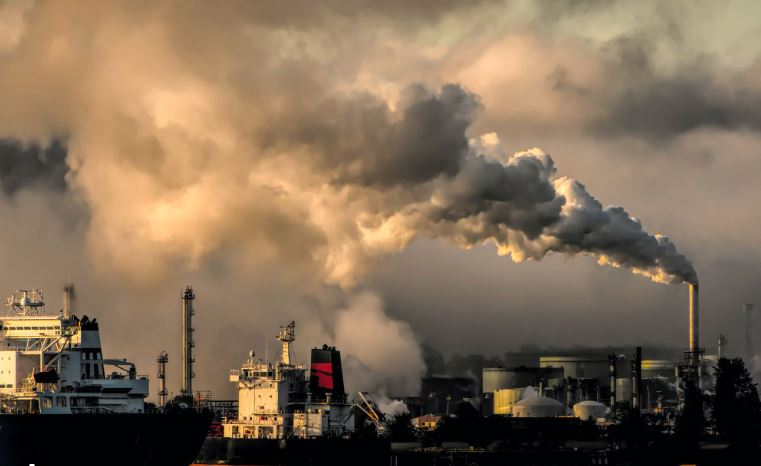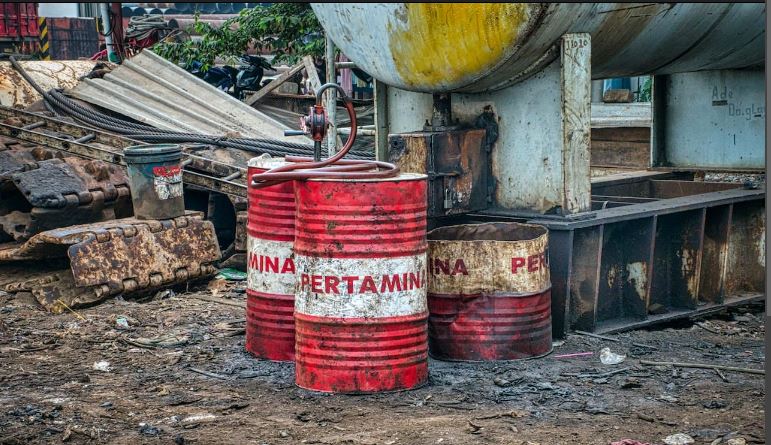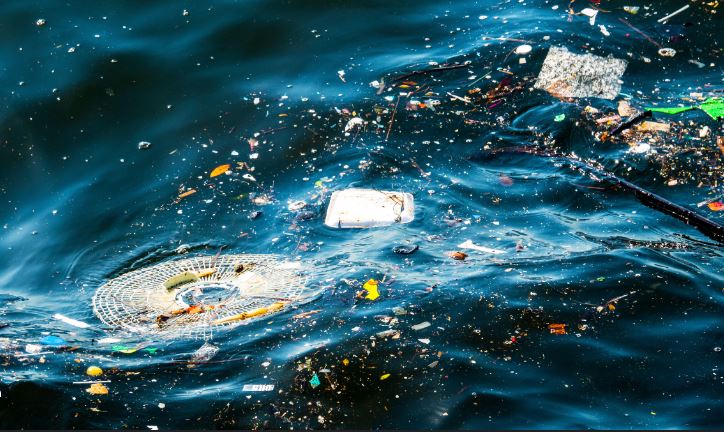Oxides, compounds formed by the combination of oxygen with other elements, play significant roles in environmental chemistry. These compounds, ranging from simple molecules like carbon dioxide to complex mineral oxides, influence various environmental processes and impact ecological balance. This post explores key oxides and their environmental significance.

Oxides in Environmental Chemistry
Carbon Dioxide (CO₂)
Carbon dioxide is a critical oxide in environmental chemistry, primarily due to its role in the greenhouse effect and climate change. Produced from natural processes like respiration and human activities such as burning fossil fuels, CO₂ traps heat in the Earth’s atmosphere, contributing to global warming. Efforts to reduce carbon dioxide emissions include transitioning to renewable energy sources and enhancing carbon sequestration methods, such as reforestation and carbon capture technologies.
Sulfur Dioxide (SO₂)
Sulfur dioxide, primarily released from volcanic eruptions and industrial processes like burning coal and oil, significantly impacts air quality and human health. In the atmosphere, SO₂ reacts with water vapor to form sulfuric acid, leading to acid rain. Acid rain harms ecosystems by acidifying soil and water bodies, affecting plant and aquatic life. Mitigating sulfur dioxide emissions involves using cleaner fuels, implementing scrubbers in industrial plants, and promoting regulatory policies.
Nitrogen Oxides (NOₓ)
Nitrogen oxides, including nitric oxide (NO) and nitrogen dioxide (NO₂), are key pollutants produced from vehicle exhausts and industrial activities. These gases contribute to the formation of ground-level ozone and photochemical smog, posing health risks such as respiratory problems. NOₓ also participates in the nitrogen cycle, influencing soil fertility and ecosystem productivity. Strategies to control nitrogen oxide emissions include improving fuel efficiency, adopting catalytic converters, and enhancing air quality regulations.
Ozone (O₃)
Ozone exists in both the upper atmosphere (stratosphere) and at ground level (troposphere), serving different roles in each layer. In the stratosphere, the ozone layer protects life on Earth by absorbing harmful ultraviolet radiation from the sun. However, at ground level, ozone acts as a pollutant, contributing to smog and respiratory issues. Ground-level ozone forms through reactions between nitrogen oxides and volatile organic compounds in the presence of sunlight. Reducing emissions of these precursors helps control ozone pollution.
Metal Oxides in Soil
Metal oxides, such as iron oxide (Fe₂O₃) and aluminum oxide (Al₂O₃), are abundant in soil and play crucial roles in nutrient cycling and soil structure. Iron oxides influence soil color and fertility, affecting the availability of nutrients like phosphorus. Aluminum oxides, while naturally occurring, can become toxic to plants in acidic soils. Managing soil pH and promoting sustainable agricultural practices help mitigate the adverse effects of metal oxides on soil health and crop productivity.
Silicon Dioxide (SiO₂)
Silicon dioxide, commonly known as silica, is a major component of sand and quartz. It plays a vital role in the formation of soil and sedimentary rocks. In the environment, silicon dioxide contributes to the weathering process, influencing soil texture and water retention capacity. Silica is also used in various industrial applications, including glass manufacturing and electronics. Understanding its environmental interactions helps manage natural resources and industrial impacts.
Conclusion
Oxides are fundamental to environmental chemistry, influencing climate, air quality, soil health, and ecosystem dynamics. From the global challenge of carbon dioxide emissions to the localized impact of metal oxides in soil, these compounds shape our environment in profound ways. Addressing the environmental impacts of oxides requires a multifaceted approach, encompassing regulatory measures, technological advancements, and sustainable practices.




